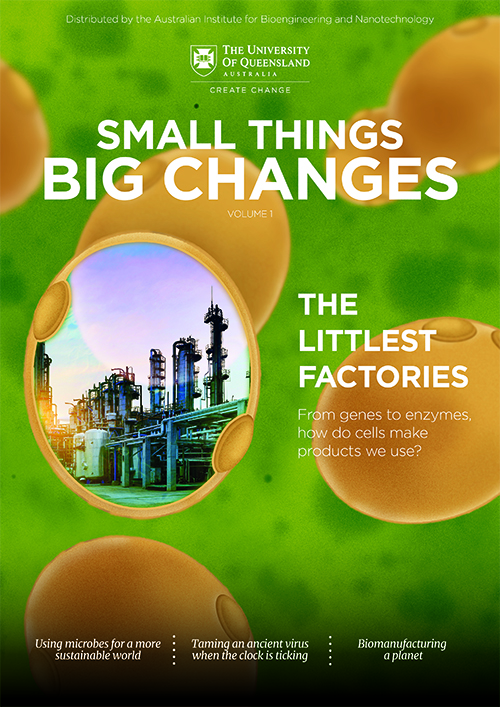Microbes are a critical part of the biomanufacturing process for a wide range of medicines.
Join The Network
Stay on top of our industry news and developments, events and opportunities, by joining The Network
Sometimes those instructions are fairly straightforward. Human insulin, for example, is a relatively small protein with a simple structure. Thus, a microbe such as yeast can be very useful for producing insulin, because it has all the equipment needed for making a relatively uncomplicated protein. If you provide yeast with the gene for human insulin, it will read those instructions and build the protein one amino acid at a time, just like it would for any of its own proteins. You can even tweak the genetic instructions to increase production. Indeed, industrial quantities of human insulin are now grown in large cultures of yeast.
Professor Lars Nielsen at UQ’s AIBN explains that microbes are a critical part of biomanufacturing a wide range of medicines, but explains that there are also many cases where microbes just aren’t up to the task.
“Sometimes the chemistry required is well beyond what any simple microbe ever evolved to do,” he says.
Many proteins are too complex for microbes to handle and often need extra tweaks that microbes don’t know how to do.
“Recombinant proteins such as hormones, growth factors, cytokines and monoclonal antibodies play an important role in modern medicine, being used to treat a variety of diseases, such as diabetes, anaemia, hepatitis and cancer.”
“But many of these proteins require a range of modifications — such as the addition of special sugar groups or phosphate groups — to ensure correct folding, activity, safety and stability.
“Microbes aren’t good at this, but mammalian cells are,” he says.
Consequently, monoclonal antibodies and a variety of other therapeutic proteins are routinely manufactured in large cultures of mammalian cells.

